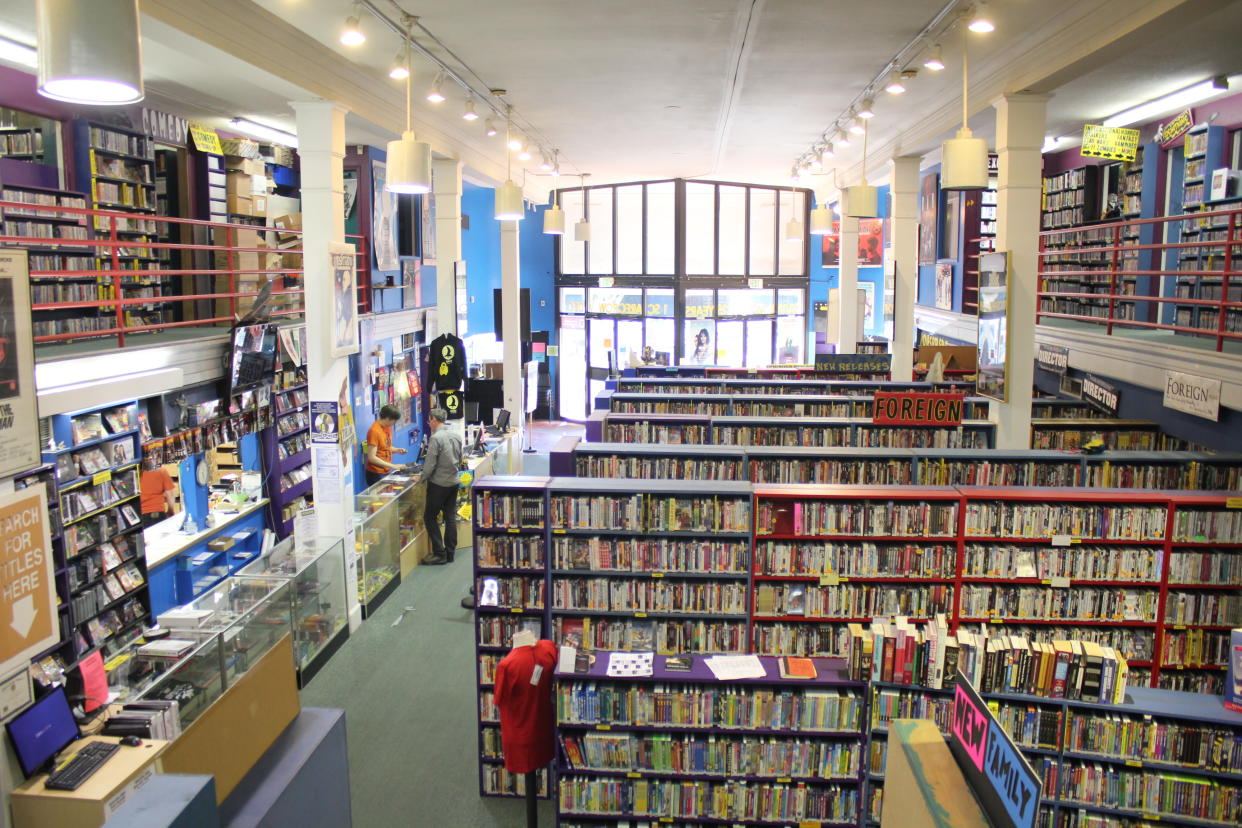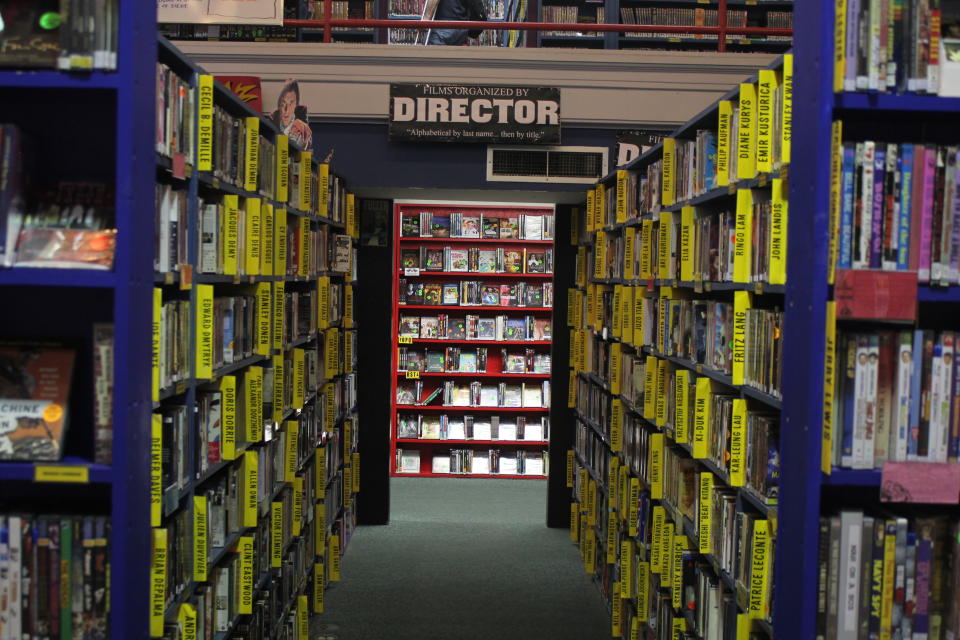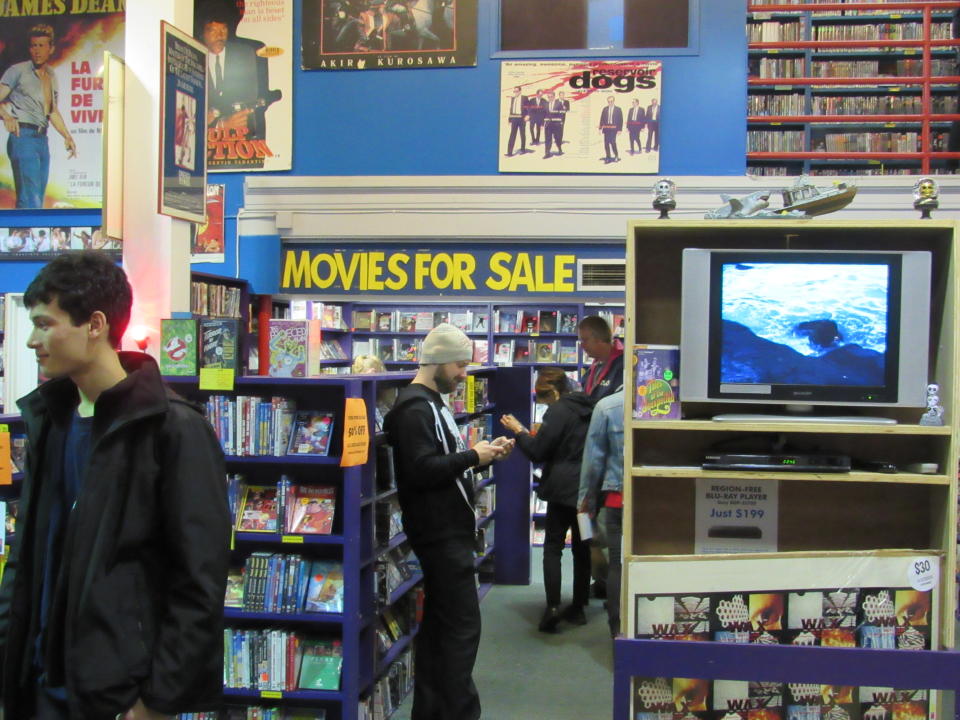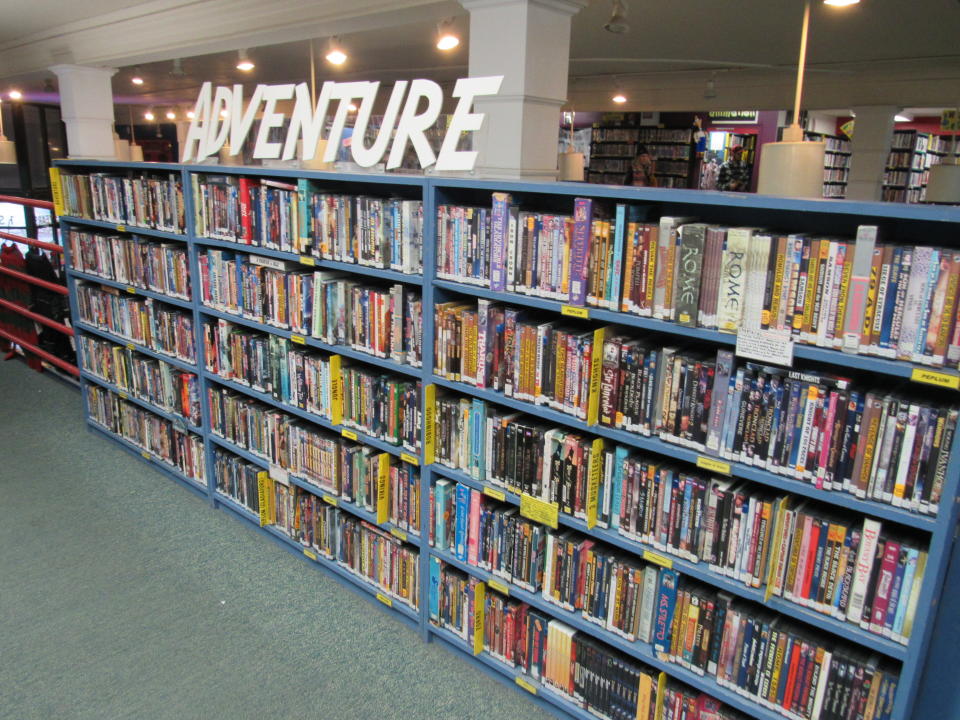Beloved Seattle Institution Scarecrow Video at Risk of Shuttering

Though gone are the days of Blockbusters in every town, replaced by a box that sits near your TV or maybe more conveniently an app that’s built within, there still exists such a thing as the video rental store. There are not many of them, most confined to major cities and existing on a non-profit basis, but they continue to serve a vital purpose to film lovers who want to share their passion with others and those who want to receive that education in return. One such institution, Seattle’s Scarecrow Video, located in the city’s University District, has fallen on hard times and is looking for help from cinephiles everywhere.
Scarecrow Video began in the late ‘80s under the stewardship of George and Rebecca Latsios, but opened its current location in 1993 and has remained there ever since. In terms of legacy, Kate Barr, the store’s current executive director, says Rebecca used to say “they built the whole psychotronic room with late fees from Kurt Cobain.”
More from IndieWire
It was also one of the first video stores in Seattle to add DVDs to their collection and even featured a small screening area for a time. After a possible brush with bankruptcy, the store was saved by Microsoft employees and long-time customers, Carl Tostevin and John Dauphiny. Though Daughiny eventually left after a few years, Tostevin, along with fellow film enthusiast, Mickey McDonough, steered the ship through the transitions from VHS to DVDs and Blu-rays and even the inclusion of video games.

Unfortunately, the massive collection and international presence wasn’t enough to keep this store from getting beat down by the onslaught of streaming. In 2014, Tostevin and McDonough offered their staff the opportunity to take over the store as a non-profit and employees Joel Fisher and Kate Barr ran with it. They started the Scarecrow Project and with $130,000 seed money raised on Kickstarter, took charge of the collection, which now stands at 148,139 titles.
This makes it one of the largest publicly accessible video collections in the United States. So important is its value that in 2019, the State of Washington deemed it a cultural museum. And yet, the realities of economics run in contrast to this status. Scarecrow Video has been operating at a loss over the last few years, with donations and revenue trending down while rent and employee pay keep rising. While the owners are looking into obtaining a short-term lease by the end of the year to stave off closure, their hope in raising funds is to be able to sign a multi-year lease that ensures the longevity of the storefront. The money would also go towards securing a liveable wage for their current staff and starting a new executive team better equipped to handle non-profit work, including large-scale fundraising.
“I think we need as many advocates as we can who understand the importance of physical media,” Barr said during a recent conversation with IndieWire. “From the music point of view, I mean, people said vinyl was dead and yet I can still go into a record store and buy vinyl. It found a support network that was willing to advocate to keep it going forward and it’s those sort of physical media champions that we need to try and recruit and have with us.”

The financial goal is to raise $1.8 million by the end of year, which anyone anywhere can contribute to by clicking here. Though the main fight is to save their storefront, one of the beauties of Scarecrow is that its entire catalog is listed online, curated in various categories and subcategories, and features a “Rent By Mail” option for those within the United States who want to sign up for a rental account. Despite this accessibility, the true magic of Scarecrow Video though is in visiting it in-person. There you will find movie posters and standups of yesteryear, merch like t-shirts and magnets, and most importantly, row upon row of carefully curated film selections for the experienced and novice alike.
“In the height of the home video revolution, you had a little tiny neighborhood video store on every other block and that was your video store,” Barr said, explaining why having a physical space for the collection is so important. “It wasn’t even just about where you went to get the movies. It was also about that sense of community, you know, having that ability to go to that spot and geek out for like a half hour with some other people who also, you know, loved the same movies or hated the same movies and you get to have a fun discussion about that.”
Barr doesn’t view Scarecrow Video as simply a relic worth retaining though, but rather a living, breathing entity that will hopefully grow and take on new forms over time, similar to how Los Angeles’ Vidiots Foundation rebounded to opening its own theater in addition to opening a new storefront after having to close in 2017.

“Whether it’s people who remember how video stores were and they come in for nostalgic reasons or for the generations who didn’t grow up with video stores who are now making new memories of what this could be, what this was,” Barr said addressing her hopes for the future. “But what this also is now and could be in the future is just that place, that communal place of coming together and being able to just enjoy film.”
Barr has spent her tenure as executive director trying to enforce that mission with both virtual and in-person gatherings ranging from outdoor screenings during the summer partnered with Maple Leaf Community Council to film talks and classes with professors from local schools, and even the Silver Screeners program geared towards attracting the older adult community. Reaching beyond Seattle, Scarecrow also sells movies on Amazon and Ebay and are known for their hard-to-find items for serious collectors. Since Scarecrow provides players for some of their rarer items, it also serves as a hub for many die-hard film fans around the world.
“I’ve had a handful of people in the last few weeks say, ‘Oh yeah, I’m visiting from out of town and I’m renting a player from you and I’m checking out 10 things to go watch,'” Barr said. “So it can definitely be considered a destination point for folks who love movies and just wanna see, you know, what does it look like to walk into a space that says it’s one of the largest collections in the world.”
This story was first reported on by The Seattle Times.
Best of IndieWire
'Song of the South': 14 Things to Know About Disney's Most Controversial Movie
The 55 Best LGBTQ Movies and TV Shows Streaming on Netflix Right Now
A History of Unsimulated Sex Scenes in 17 Cannes Films, from 'Mektoub' to 'Antichrist' to 'Caligula'
Sign up for Indiewire's Newsletter. For the latest news, follow us on Facebook, Twitter, and Instagram.

